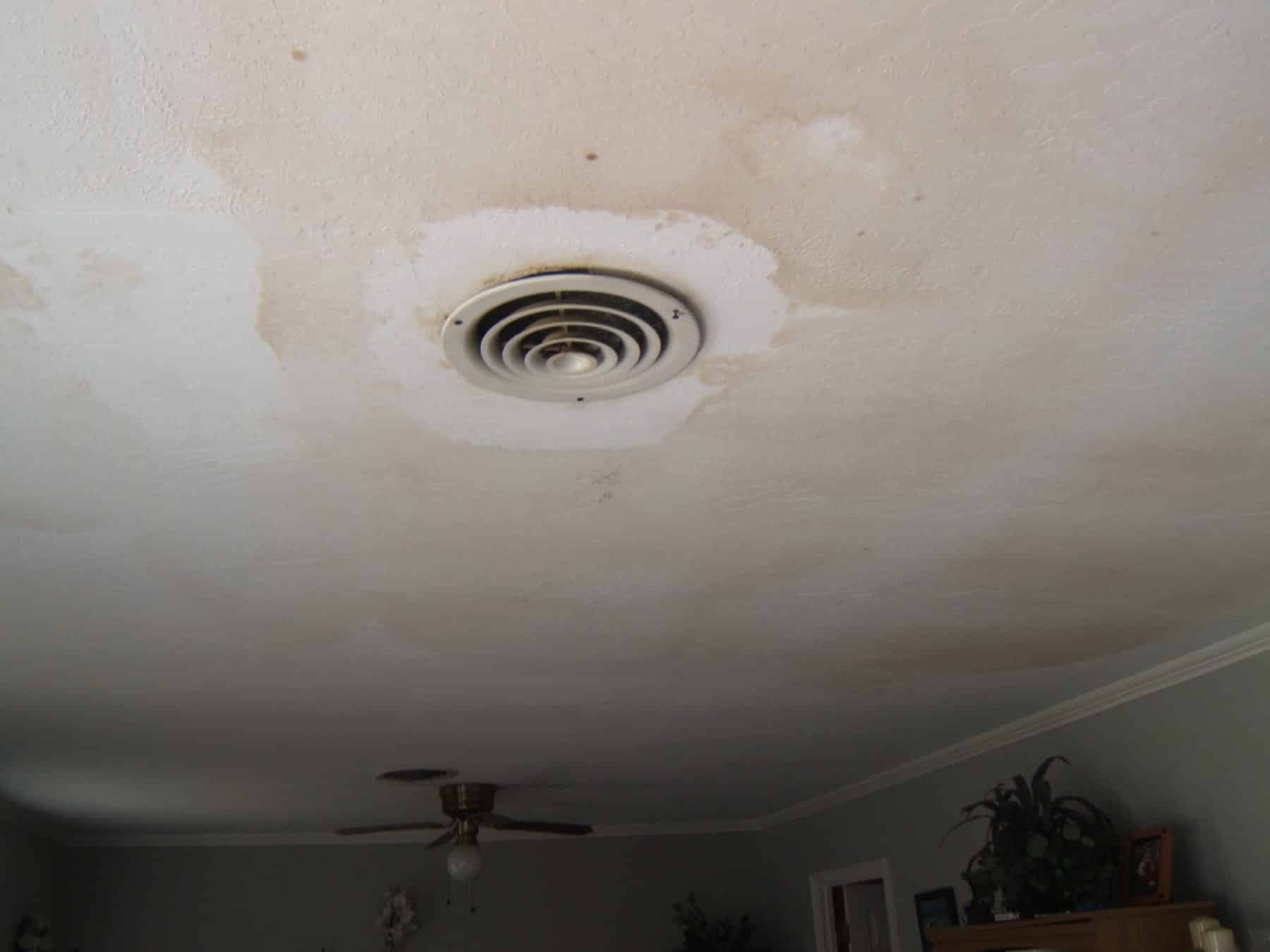Residential Roofing Articles
Roofing is a crucial aspect of home maintenance, but it can also be a dangerous task. As a homeowner, you may want to tackle roofing repairs or replacements on your own to save money, but it’s essential to prioritize safety and consider the risks involved. Here are some roofing safety tips for homeowners to keep in mind before attempting any roofing work.
- Wear the proper gear. Before you step onto your roof, make sure you have the right gear, including slip-resistant shoes with good traction, a hard hat, and safety glasses. Wear gloves to protect your hands from cuts and scrapes.
- Use proper equipment: A sturdy ladder and safety harness are crucial to ensure your safety when working on your roof. Make sure the ladder is long enough to reach the roof and that it is positioned. Additionally, never lean or overreach while on the ladder, and always face the ladder when climbing up or down.
- Inspect the roof: Before you start working on your roof, inspect it to make sure it’s in good condition. Look for signs of damage, such as missing shingles, cracks, or holes, and make sure the decking is sturdy. If you’re unsure of the condition of your roof, it may be best to call a professional for an inspection.
- Avoid working alone: Working on a roof can be dangerous, and it’s always best to have a partner to help you. If you need to go onto the roof, have someone hold the ladder steady, and always have someone nearby in case of an emergency.
- Know your limits: If you’re not comfortable working on a roof, it may be best to call a professional. It’s always better to be safe than sorry, and trying a roofing project when you’re not confident in your abilities can lead to serious injury.
- Use caution when working near the edge. The edge of a roof can be especially dangerous, so make sure to keep a safe distance and avoid working near the edge if possible. If you need to work near the edge, use a safety harness and have someone hold the ladder steady.
- Keep the roof clear of debris. Before you start working on your roof, clear it of any debris, such as leaves, branches, or tools, to reduce the risk of tripping or slipping. Additionally, make sure to secure any loose materials, such as shingles or roofing nails, to prevent them from falling off and injuring someone below.
- Use caution when working on a slope: If your roof has a steep slope, it’s essential to take extra precautions to ensure your safety. Consider using a scaffold or other platform to provide a stable surface to work from.
- Be aware of power lines: Before you start working on your roof, make sure to locate any overhead power lines and avoid working near them. If you need to work near power lines, call the power company for assistance, and never try to move them yourself.
- Have a plan in case of an emergency: Accidents can happen, so it’s important to have a plan in place in case of an emergency. Make sure you have a phone with you and know how to call for help, and keep a first-aid kit nearby. Additionally, make sure someone is nearby in case you need assistance.
In conclusion, roofing can be a dangerous task, but by following these roofing safety tips for homeowners, you can reduce the risk of injury and ensure a successful and safe roofing project. Remember, it’s always better to be safe than sorry, so if you’re unsure about your abilities or the condition of your roof






